Island Peak Climbing with Everest: Are you ready for your first mountain expedition?? Island Peak is the perfect opportunity to make your dream come into reality, this 19-day trip will take you to the classic Everest region where you’ll be walking beneath the world’s highest mountain at Everest Base Camp and ascending a mountain Peak. Push yourself and venture out in this adventure which will surely leave the right kind of mark on your soul.
Trek Overview of Island Peak Climbing with Everest
The 19 Day Everest Base Camp Trek (5364m) combined with Island Peak (6189m) climbing, the trails of Everest region. It is located in the Khumbu and laps of Mahalangur Himal sub-range a section of the border Himalayan range. This region is also home to the indigenous Sherpa people with hillside settlements, old monasteries along the ancient trading trail with a range of altitude and microclimates from sub-tropical forest to Alpine woodlands stretching for miles, deep valleys consisting of high pasture lands and rolling glaciers.
The Everest Base Camp Trek is a legendary adventure that takes you into the heart of the Himalayas. It culminate in a breathtaking view of the world’s tallest mountain, Mount Everest. This trek is not just about reaching a destination; it’s a journey of physical challenge, cultural immersion, and awe-inspiring natural beauty.
Kathmandu to Lukla: Gateway to the Himalayas
Your adventure begins in Kathmandu, Nepal’s vibrant capital city. Here, you’ll have time to explore ancient temples, bustling bazaars, and soak in the unique atmosphere of this historical city. From Kathmandu, you’ll take a thrilling flight to Lukla, a small mountain town often referred to as the “Gateway to Everest.” Nestled amidst the Himalayas, Lukla boasts a unique airstrip built on a steep mountainside, making the landing experience an adventure in itself.
Following the Trail: Dudh Koshi Valley and Mountain Giants
Lukla marks the official start of the trek. As you embark on the well-defined trail, you’ll enter the Dudh Koshi Valley, a majestic region carved by the Dudh Koshi River. Towering peaks like Thamserku (6,623 meters) and Kusum Kanguru (6,367 meters) will rise on either side, offering a taste of the grandeur that awaits.
Nicknamed the “Three Snow-White Gods,” these mountains along with others will become your constant companions throughout the trek. You’ll pass through various Sherpa settlements, experiencing their rich culture and warm hospitality. These villages are havens for trekkers, offering teahouses where you can rest, refuel, and interact with locals.
Island Peak: A Climber’s Dream
As you progress further, you might encounter a sight that will leave you mesmerized: Island Peak, also known as Imja Tse by the locals. This peak got its name from early Mount Everest explorers who saw it as an island in sea of ice. Island Peak is a popular destination for climbers seeking an additional challenge after completing the Everest Base Camp trek.
Kala Patthar
The trek’s highlight undoubtedly comes at Kala Patthar. This vantage point, a rocky mountain slope reaching 5,545 meters, offers an unparalleled panoramic view of the Everest region. Standing at Kala Patthar, you’ll be face-to-face with the giants of the Himalayas, including Mount Everest (8,848 meters), Mount Nuptse (7,861 meters), Mount Changtse (7,585 meters), Mount Lhotse (8,516 meters), and Mount Pumori (7,161 meters). The sheer scale and beauty of these mountains will leave you speechless. Witnessing these giants bathed in golden light of sunrise is an experience that will be etched in your memory forever.
Conquering Kongma La Pass
The journey towards Everest Base Camp also involves crossing Kongma La Pass, situated at an altitude of 5,535 meters. This high mountain pass is a significant challenge on the trek, with thin air and steep inclines testing your fitness. However, the sense of accomplishment you’ll feel upon reaching the summit of the pass is unparalleled.
Importance of Acclimatization and Training
Trekking at high altitudes requires careful planning and preparation. Your climbing team will play a crucial role in guiding you through acclimatization excursions. These hikes help your body gradually adjust to decreasing oxygen levels at higher elevations, reducing the risk of altitude sickness. Additionally, pre-climbing training will ensure you have the necessary physical stamina to comfortably navigate the challenging terrain.
Journey Beyond the Mountains
The Everest Base Camp trek is much more than just a physical challenge. It’s a chance to immerse yourself in the rich culture of the Sherpa people. Witness their unique way of life, their resilience in the face of harsh conditions, and their deep respect for mountains. Sharing meals with local families in teahouses, learning about their traditions, and witnessing their vibrant prayer ceremonies will create lasting memories.
Reaching Everest Base Camp and Returning
After days of trekking through breathtaking landscapes and overcoming physical challenges, you’ll finally reach Everest Base Camp. Standing at the foot of the world’s tallest mountain is a humbling experience. Here, you’ll witness the base camp for expeditions attempting the summit of Everest, with tents bustling with activity. Savor this moment, for it represents the culmination of your journey.
The return journey follows the same route, giving you another chance to appreciate the beauty of the Himalayas. As you descend, your body will feel lighter, because of the sense of accomplishment you’ll carry
-
Private vehicle / Flights
-
Kathmandu, Nepal
-
Kathmandu, Nepal
-
March-May and Sep-Nov
-
Hotel and Tea house
-
Full Board
-
1-2
-
6189m

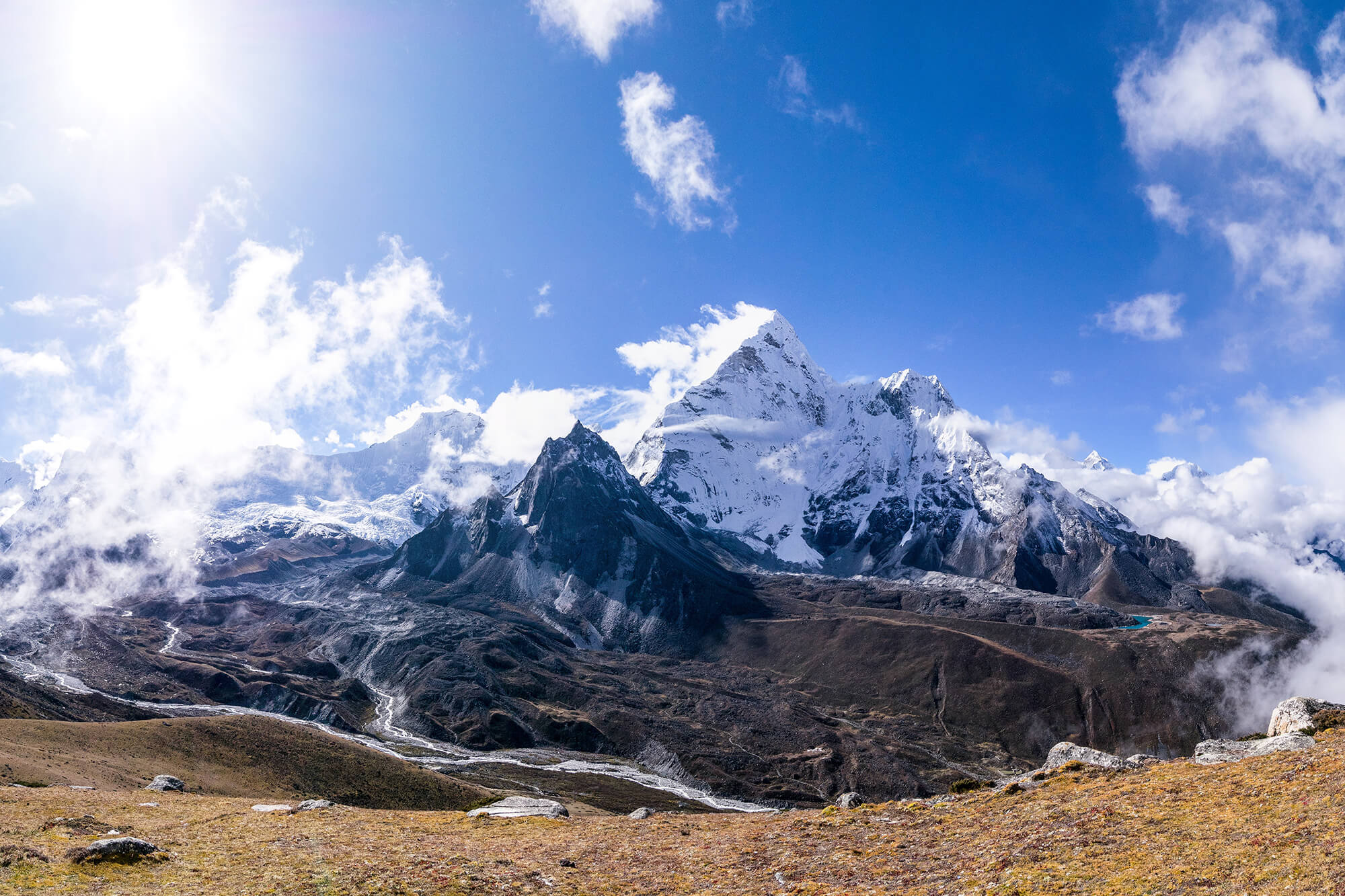







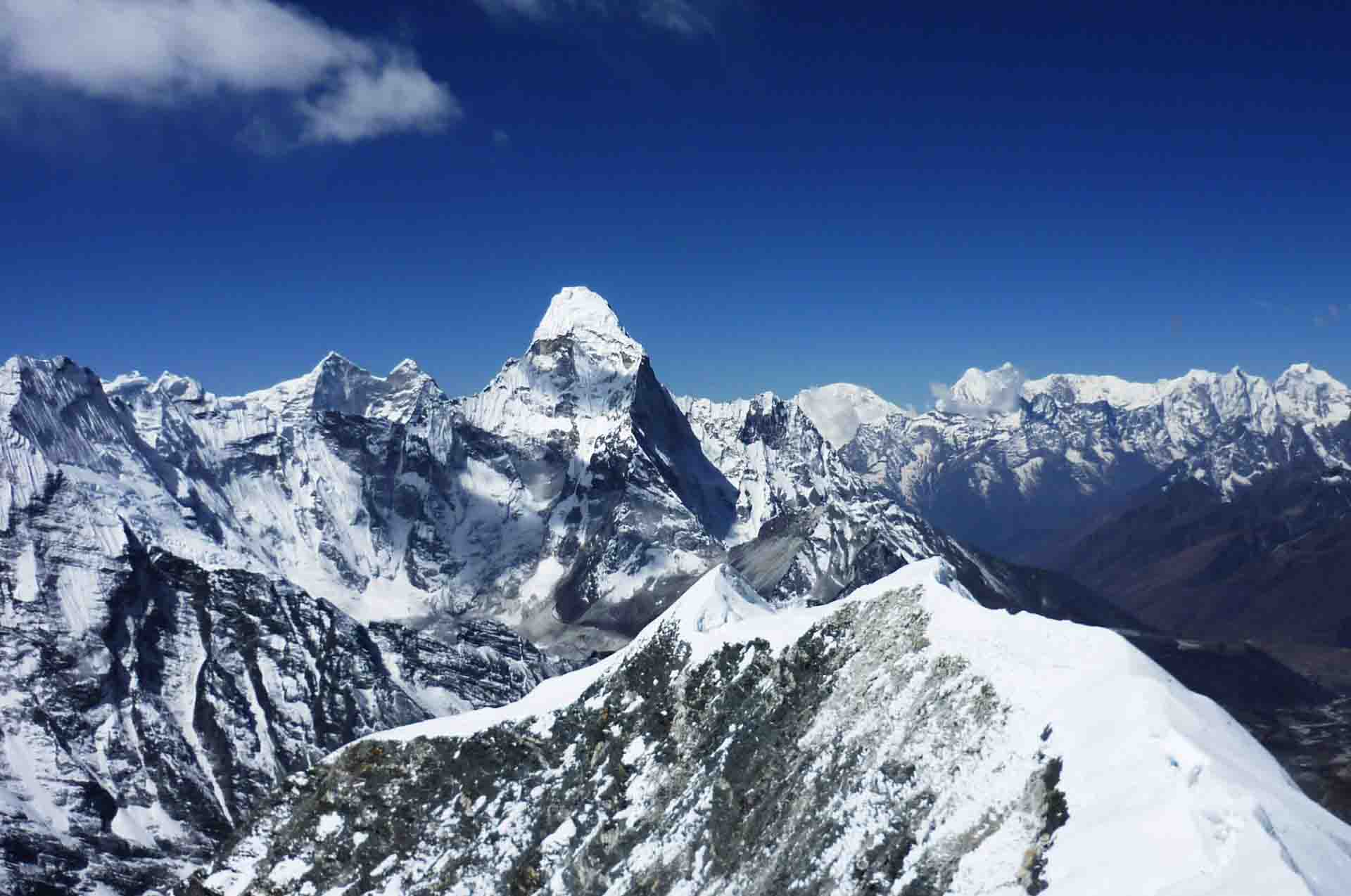
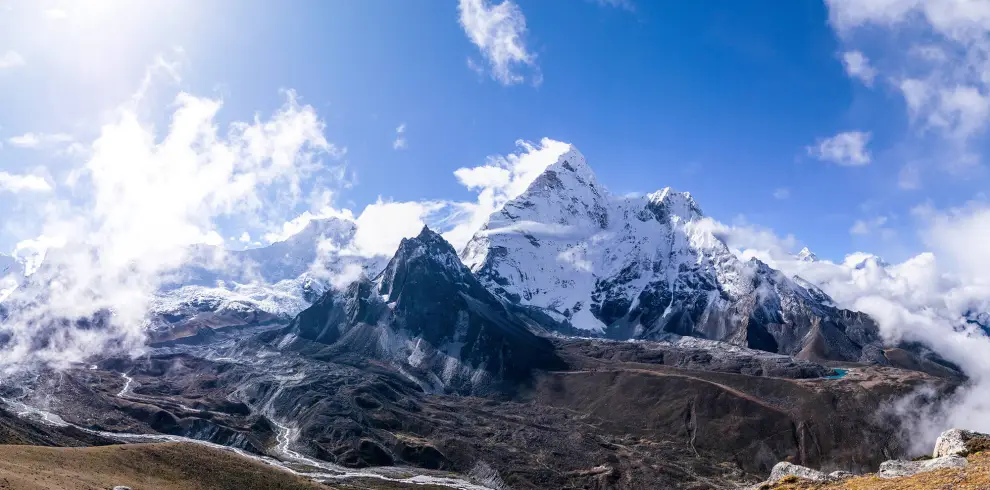
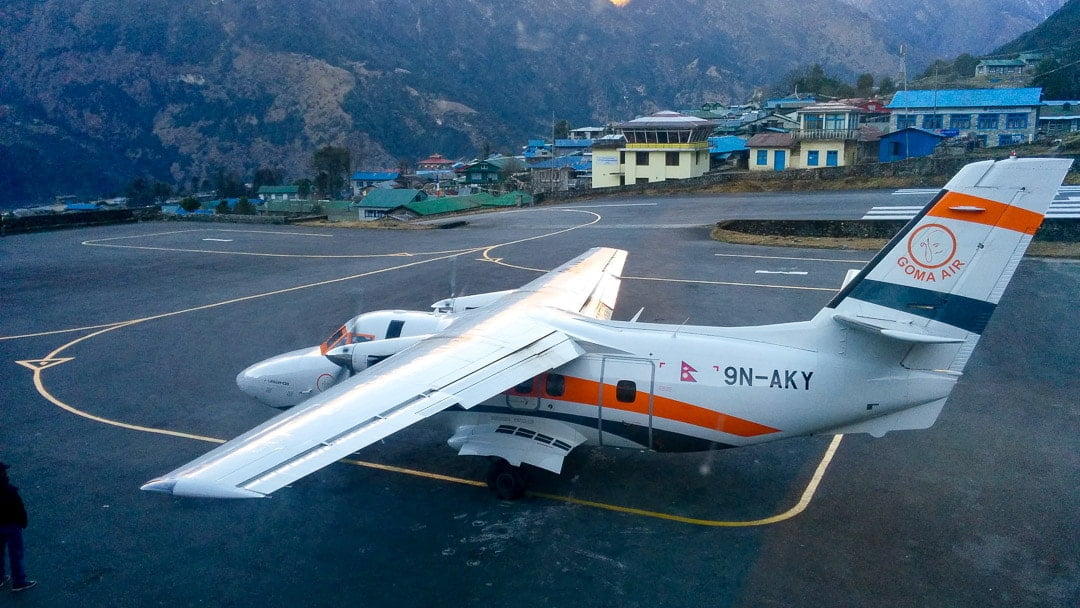
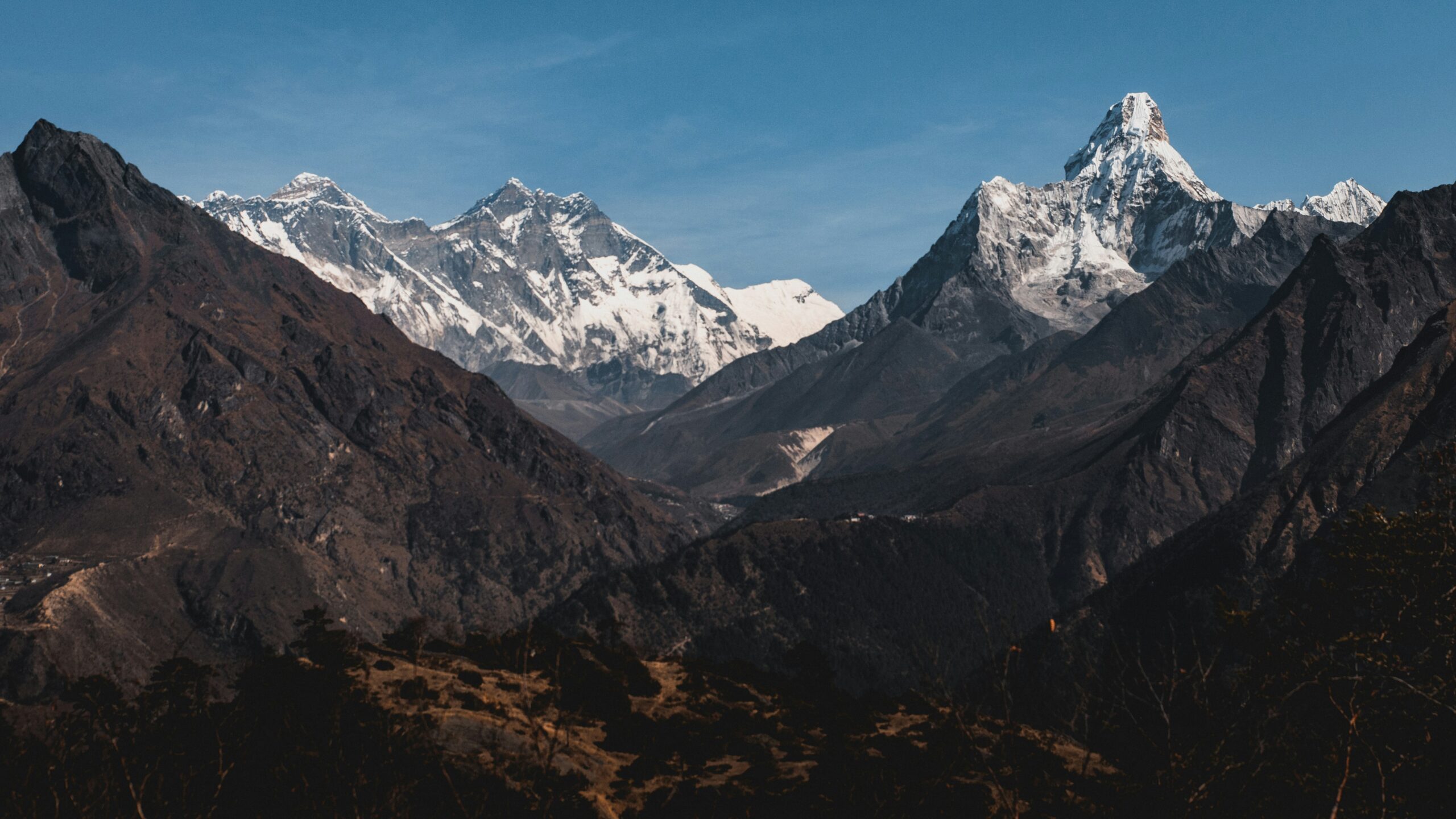


Write a Review